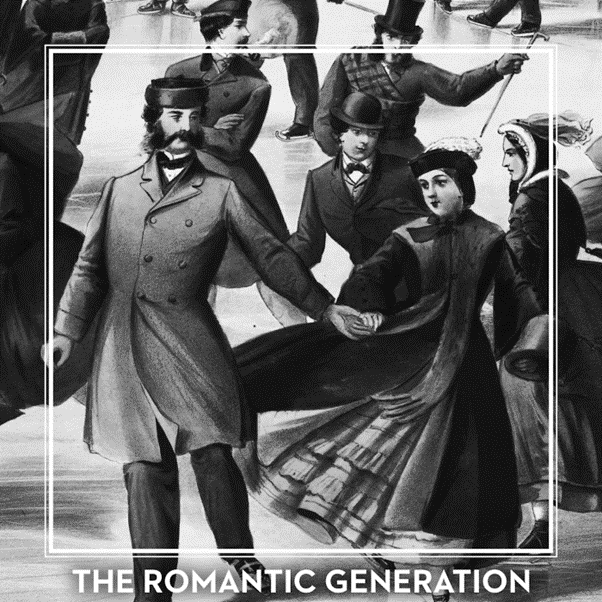
The Romantic Generation – Orchestra Wellington – August 2024
STRAVINSKY – The Fairy’s Kiss
KORNGOLD – Violin Concerto (1945)
HINDEMITH – Symphonic Metamorphoses on Themes by Carl Maria Von Weber
Amalia Hall (violin)
Marc Taddei (Music Director)
Orchestra Wellington
Michael Fowler Centre, Wellington
Saturday 17th August 2024
With its latest concert presentation, “The Romantic Generation”, Orchestra Wellington has reached the halfway stage of what could justly be called its “richly inventive” 2024 season, with nary a foot put wrong in bringing to its audiences a repertoire which at once constantly challenges and almost invariably delights those who are drawn into the compulsive convictions of both its vision and brilliance of performance. Music Director Marc Taddei excels in this kind of exploratory undertaking, knowing just how far to push the boundaries of interest in and tolerance of the unfamiliar, and how to integrate such daring explorations into more familiar contexts.
The previous concert “The Classical Style” adroitly illustrated this idea, pairing the relatively unknown Piano Concerto by the “Les Six” French composer Germaine Tailleferre with standard classical repertory symphonies by Prokofiev and Beethoven. And the year’s opening concert “The Grand Gesture” even more daringly included a recently contemporary composer Lukas Foss’s responses to baroque masterpieces by JS Bach and Handel, as well as including some more consciously neo-baroque entertainment in the form of Igor Stravinsky’s 1920 “Pulcinella” Ballet Suite.
Now, here, with “The Romantic Generation” Taddei and his Orchestra turned the spotlight on romanticism by highlighting certain of its characteristics – its strains of exoticism, its cult of performance and its overtly heroic and emotional focus – from the perspectives of a later era. In a sense the evening’s presentation took our own ears simultaneously backwards and forwards in time, as the viewpoints we heard all came not directly from the Romantic era itself but from various twentieth-century composers applying their own interpretative styles to these already bygone romantic sensibilities. And, of course we ourselves have since moved into a new century, forming our own circumspect (and further enriched by experience) reactions to these processes.
The music of Russian composer Igor Stravinsky made a second appearance in the orchestra’s 2024 series tonight with the composer’s complete ballet “Le Baiser de la Fee” (The Fairy’s Kiss), a work inspired in this case by Stravinsky’s hero, Tchaikovsky. The story was based on Hans Christian Anderson’s dark tale of a child who is “marked” at birth by the kiss of a mysterious Fairy, one who returns later in life to claim him for her own. Stravinsky adapted a number of lesser-known piano and vocal works by the older composer (the best-known being the song “None but the Lonely Heart”) producing an attractively ambient continuum of danceable numbers, some of which conjure up Petrushka-like scenarios (much of the ballet’s Second Tableau “A Village Fete”), and some which go towards suggesting the high drama of Swan Lake (the conclusion of the Third Tableau “At the Mill”, when the Fairy returns to claim the by now young man for her own).
Mark Taddei and his players seemed to my ears to catch the music’s every mood at the performance, whether echt-Stravinsky or faux-Tchaikovsky – I must confess that the music “grew” on me the more I returned to it by way of preparing myself for the actual concert, overcoming my initial feeling that Stravinsky had “emasculated” much of Tchaikovsky’s overtly-expressed emotion with relatively dry, intellectually-conceived reconstructions. In fact I baulked at one writer’s assertion that ”Tchaikovsky’s faults – his banalities and vulgarities and routine procedures – are composed out of the music and Stravinsky’s virtues are composed into it”….my first reaction was that I preferred Tchaikovsky’s whole-hearted “banalities” to Stravinsky’s dry-as-dust tidy-ups! However, repeated hearings have softened this view, and I warmed to Marc Taddei’s direction and Orchestra Wellington’s superbly-articulated playing – too many stellar instrumental solos to list, and moment after moment of radiantly-voiced or scintillatingly-wrought ensemble. Particularly memorable was the return of the Fairy towards the end disguised as the young man’s fiancée (accompanied by the “None but the Lonely Heart” theme in various instrumental guises), with the tensions building up to the moment of the young man realising that he is, in fact, in the Fairy’s power and cannot escape – at that point not even Stravinsky could deny Tchaikovsky’s music its full emotional thrust, as the music takes the Fairy and her captive to “a land beyond time and place”.
A different world of sensibility was brought to view by Erich Korngold’s Violin Concerto, a work which brought into play both its composer’s richly-endowed sense of romantic and heroic adventure in his scores written for a number of legendary Hollywood films during the 1930s, and his ability to replicate a spectacularly virtuosic level of musical expression in a romantic concerto reaching back to the nineteenth century tradition begun by violinist Nicolo Paganini. We’ve become accustomed to Amalia Hall relinquishing her orchestral concertmaster’s role to tackle as soloist some of the world’s greatest violin concertos in the past – her performance of the Britten Violin Concerto last year remains a hauntingly resonant memory – and with fellow violinist Justine Cormack again substituting for her, we got another masterly display of virtuosity and sensibility from Hall which brought out all the work’s brilliance and lyricism. I loved that feeling of nothing being “forced” by the musicians, of everything instead unfolding as naturally and spontaneously as seemed to be required.
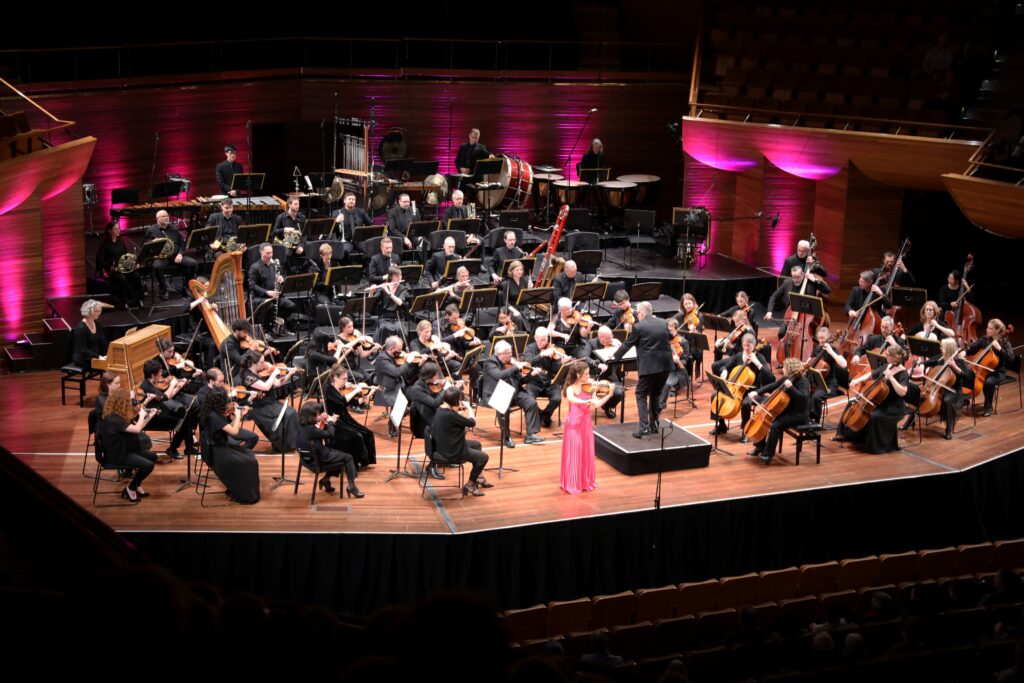 Amalia Hall with Marc Taddei and Orchestra Wellington playing the Korngold Violin Concerto – photo by R.Bruce.Scott
Amalia Hall with Marc Taddei and Orchestra Wellington playing the Korngold Violin Concerto – photo by R.Bruce.Scott
Korngold used several themes from his film music for the work’s material throughout each of the three movements, the slow movement in its middle section having the kind of suggestible magic I associate with a certain episode in a work by Korngold’s greatest contemporary, Richard Strauss, his opera “Der Rosenkavalier” – the haunting wind chords that accompany the famous “Presentation of the Rose” scene in that work – even if Korngold’s work has a darker, more volatile quality. The rollicking finale which followed began with a kind of staccato jig whose trajectories delightedly seemed in places almost MC Escher-like in simultaneously ascending and descending, with soloist and orchestra never missing a beat, besides including episodes featuring beautiful lyrical variants of mood and colour before the work concluded with helter-skelter passages punctuated by exuberant horn calls.
Amalia Hall then treated us to an encore whose in situ identity was a mystery to everybody I spoke with afterwards, but was revealed in due course – this was Fritz Kreisler’s Recitativo and Scherzo-Caprice Op.6, obviously something of a virtuoso violinist’s calling-card, with ample variation of mood and detail – apparently it’s the famed violinist’s only extant opus for solo violin, and was something of a surprise for people like myself who know of Kreisler’s compositions only through his Viennese-salon and imitation-Baroque pieces. This was a full-blooded rhapsody-with-fireworks display which under Hall’s expert fingers brought the house down at the end!
Further ravishment of a slightly different kind awaited us before the concert’s final scheduled item, a work by Paul Hindemith with a title which one might think describes something impossibly turgid or dreary – Symphonic Metamorphoses on themes by Carl Maria von Weber. In fact we were given a glimpse of the piece’s true character by the appearance of a strange, dulcimer-like instrument brought to the front of the stage, and the subsequent entry of a beautiful young Chinese woman who proceeded to play for us one of the “themes” used by Hindemith in his work. This was a melody that composer Carl Maria von Weber had “borrowed” from philosopher Jean-Jacques Rousseau’s Dictionaire de Musique of 1767 (Rousseau considered music to be an ideal manifestation of different human cultures) to use as part of the former’s incidental music for Schiller’s adaptation of Carlo Gozzi’s play Turandot (Puccini used the same source for the story of his 1926 opera).
The instrument was a guzheng, on which the player, Jia Ling, beautifully realised the melody that Weber had got from Rousseau (who had procured it from an unnamed Sinologist), and which Hindemith made as the basis of the second movement of his “Symphonic Metamorphoses”. It all seemed to me entirely characteristic of Orchestra Wellington’s and Marc Taddei’s going that “extra mile” to illuminate and enrich our experience as an audience at these concerts. Certainly Jia Ling’s and her guzheng created an enchantment which resonated for me long after the orchestra had played the entire Hindemith work.
The rest of the “Symphonic Metamorphoses” work used material from a volume of Weber’s piano duets, whose themes remain recognisable (like Rousseau’s “Turandot” theme) but with radical changes made to the harmony and in places the addition of countermelodies. The opening movement brazenly announced its presence, Taddei getting an infectious “swinging” rhythm from the players, and giving the music ample space to round out its phrases and flex its muscles, with a piquant oboe solo, augmented by flute, piccolo and bassoon, and joined by some deliciously “off the beat” percussive action from the players. And, by contrast, I loved the utmost delicacy with which the opening of the slow movement, with its “Turandot” theme, was delivered, Taddei keeping the ever-burgeoning detailings on the leash throughout the plethora of irreverent instrumental trillings towards the mid-movement explosion from which grew that gorgeously tongue-in cheek fugue, the players covering themselves in glory, not least of all the percussion section, relishing their interactive “moment” along with all the other gradually-liberated impulses across the orchestral spectrum whose turn it was to have their say until overtaken by the silences.
The following Andantino saw clarinet, and then bassoon soberly restore some of the music’s dignity, with the accompanying orchestral colours sounding so “right” in sympathy, and the strings and then the winds then giving us a “balm for the soul” subsidiary melody that would here have unruffled the most troubled sensibilities. After that came the joyous “hold onto your seats” shout from the brass introducing the finale, the sounds swinging around the corner, as it were, and bearing down upon us with intent, the lower strings rolling the rhythms along with gusto! With the winds tonguing like crazy the horns then brought in the triumphal home-coming theme to which everybody added their voice, building the excitement in almost “circus-coming-to-town” fashion and leaving us at the end breathless but exhilarated by the sheer orchestral energies of joyful music-making!
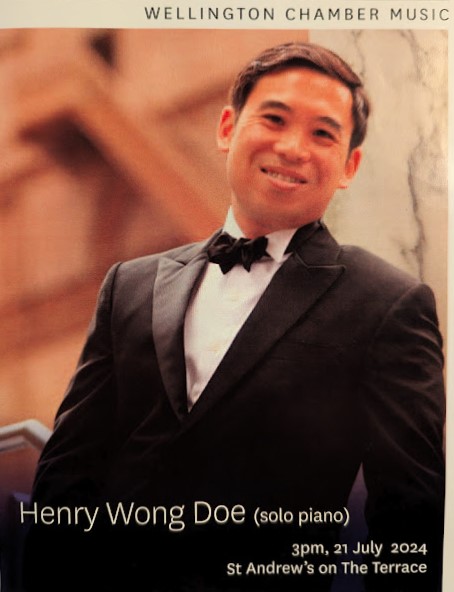 Wellington Chamber Music presents :
Wellington Chamber Music presents : Two performances: Wellington Cathedral of St. Paul, Molesworth St.
Two performances: Wellington Cathedral of St. Paul, Molesworth St.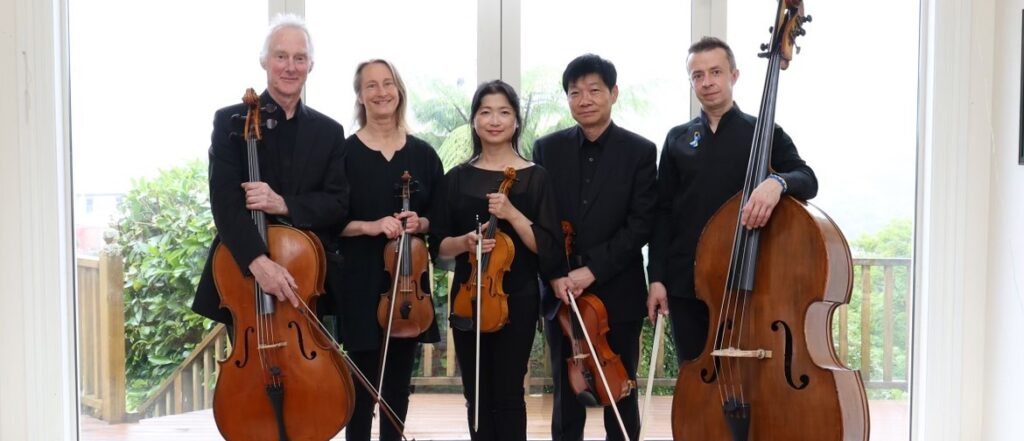
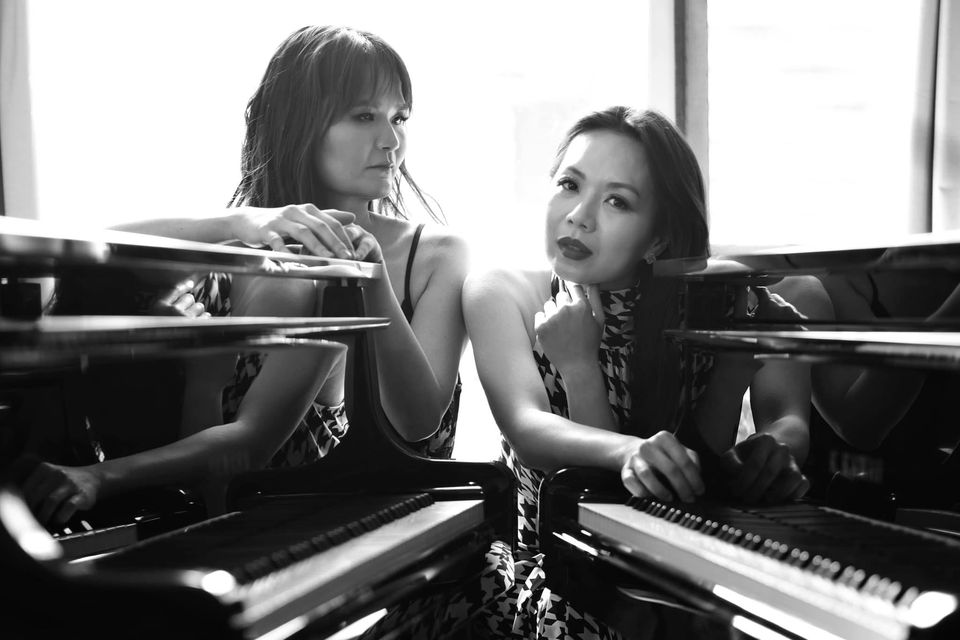 Duo Enharmonics – Beth Chen and Nicole Chao (piano duo)
Duo Enharmonics – Beth Chen and Nicole Chao (piano duo)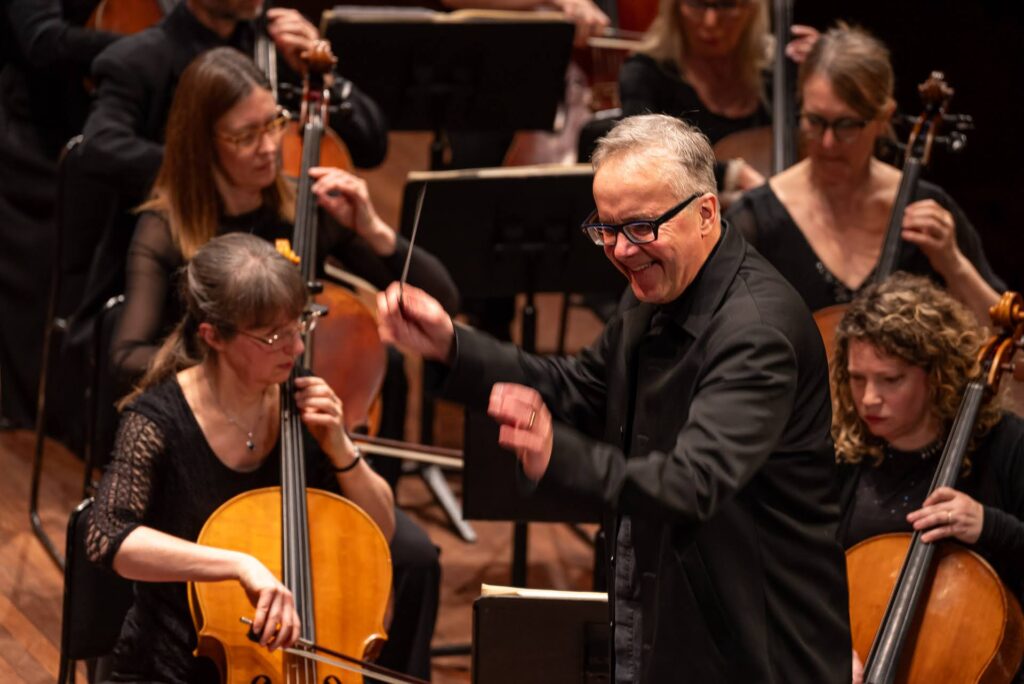 Orchestra Wellington Music Director, Marc Taddei – photo credit: Latitude Creative
Orchestra Wellington Music Director, Marc Taddei – photo credit: Latitude Creative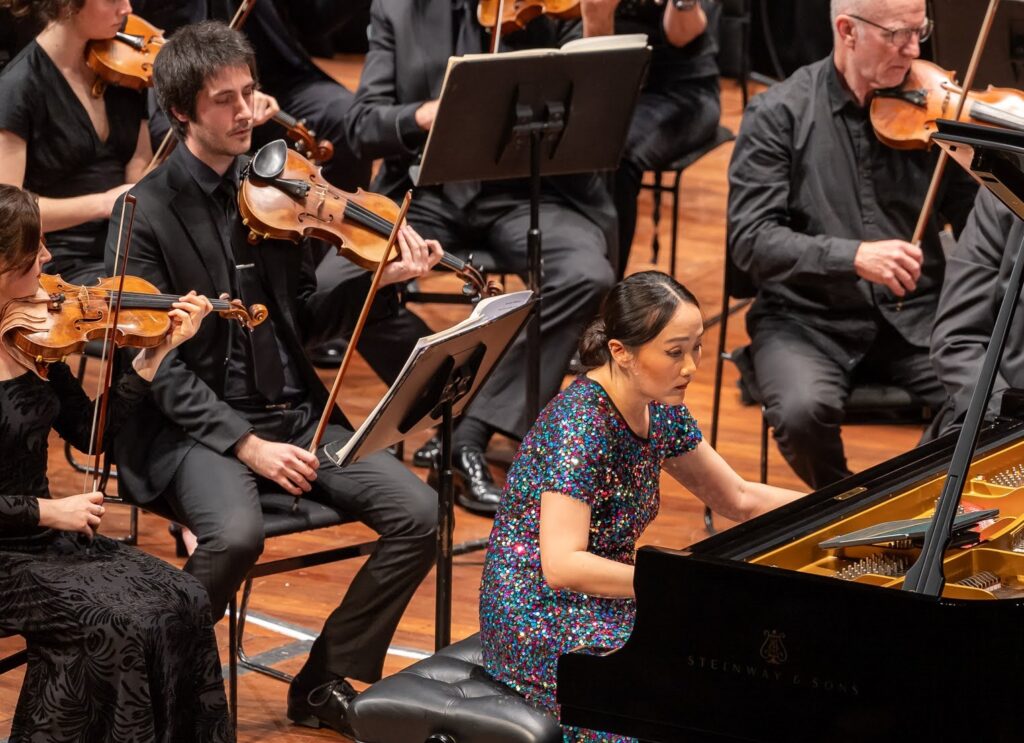 Somi Kim, piano, plays Germaine Tailleferre’s 1924 Piano Concerto with Orchestra Wellington – photo credit: Latitude Creative
Somi Kim, piano, plays Germaine Tailleferre’s 1924 Piano Concerto with Orchestra Wellington – photo credit: Latitude Creative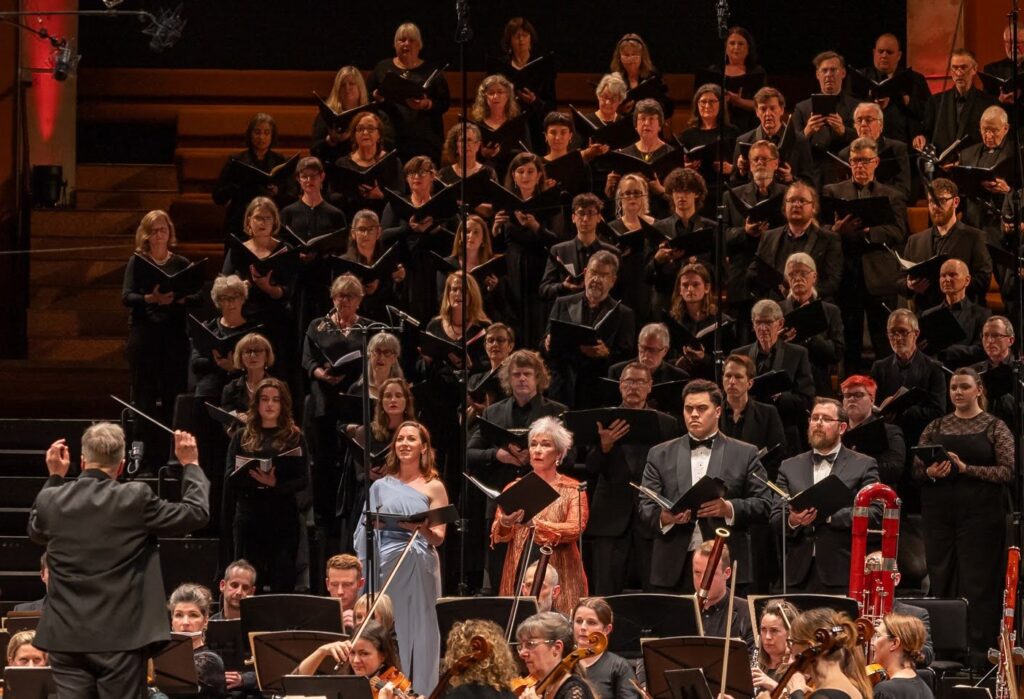 Soloists Emma Pearson (soprano), Margaret Medlyn, (mezzo-soprano), Emmanuel Fonoti-Fuimaono (tenor) and Robert Tucker (baritone), with the Orpheus Choir of Wellington, Orchestra Wellington, and Music Director Marc Taddei – Photo credit: Latitude Creative
Soloists Emma Pearson (soprano), Margaret Medlyn, (mezzo-soprano), Emmanuel Fonoti-Fuimaono (tenor) and Robert Tucker (baritone), with the Orpheus Choir of Wellington, Orchestra Wellington, and Music Director Marc Taddei – Photo credit: Latitude Creative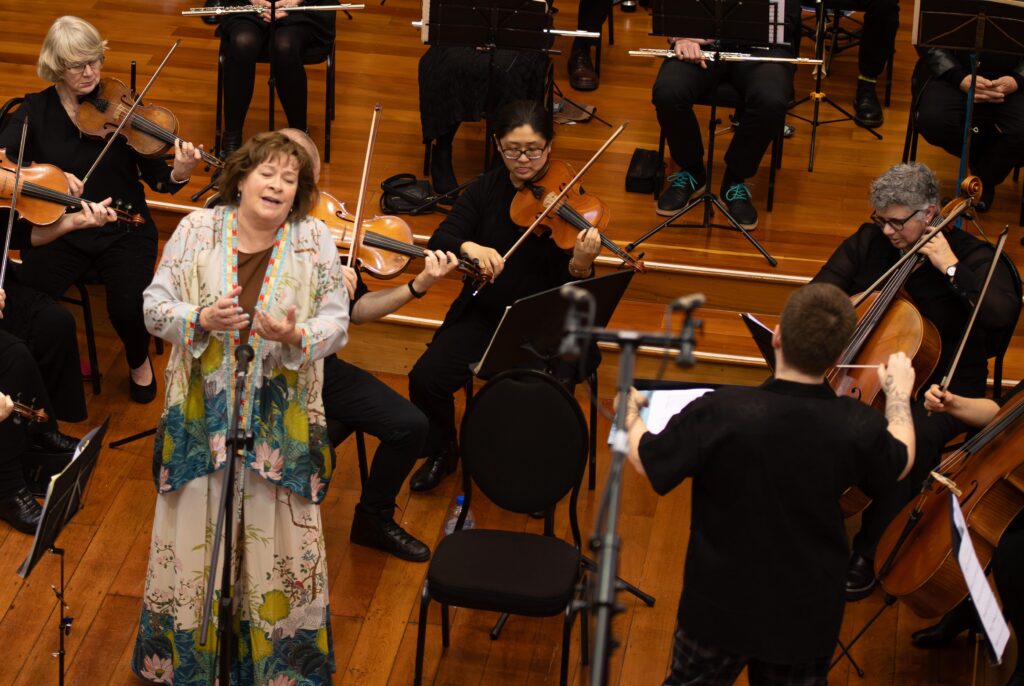 Anna Gawn performs Ross Harris’s Klezmer Suite with Rachel Hyde conducting the Wellington City Orchestra
Anna Gawn performs Ross Harris’s Klezmer Suite with Rachel Hyde conducting the Wellington City Orchestra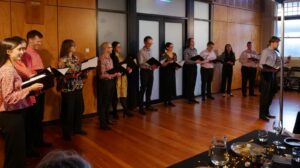 Director Michael Stewart in front of The Tudor Consort
Director Michael Stewart in front of The Tudor Consort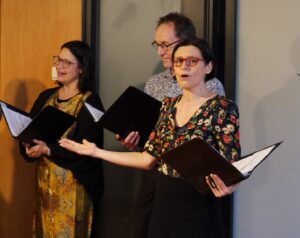 From left: Alexandra Granville, Keith Small, Rebecca Stanton (in front).
From left: Alexandra Granville, Keith Small, Rebecca Stanton (in front).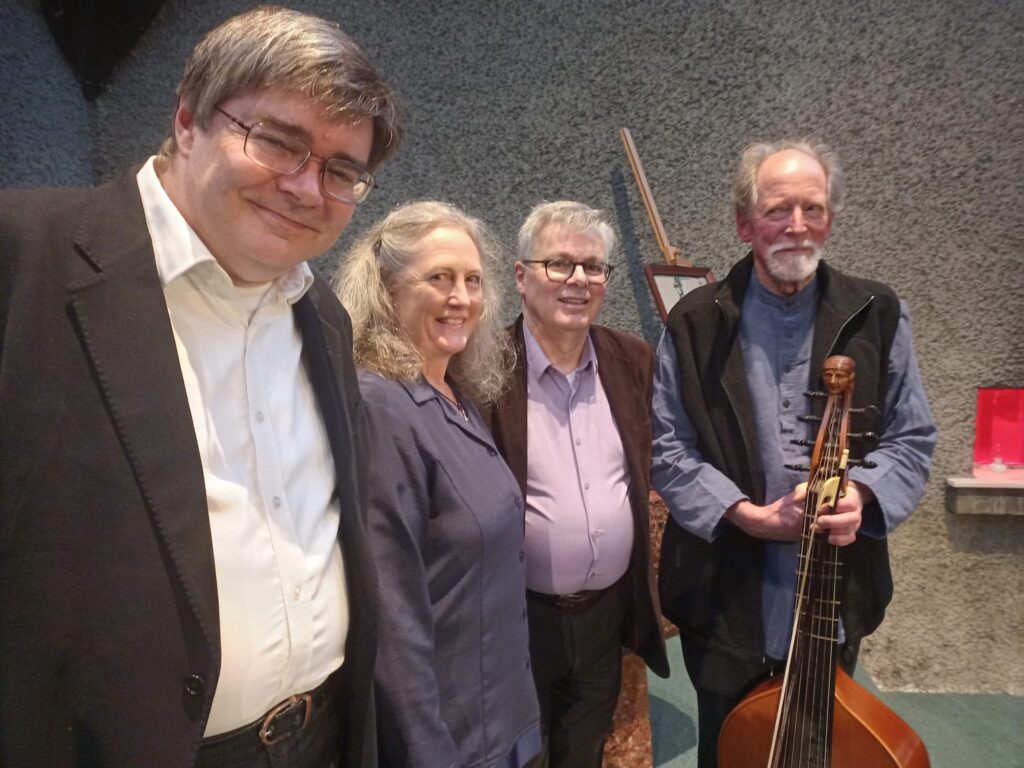 David Morriss (bass), Pepe Becker (director, soprano), Douglas Mews (keyboards), Robert Oliver (bass viol)
David Morriss (bass), Pepe Becker (director, soprano), Douglas Mews (keyboards), Robert Oliver (bass viol)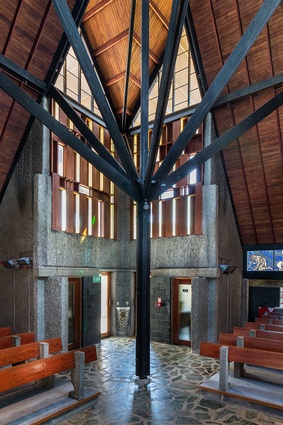 Futuna Chapel, Karori
Futuna Chapel, Karori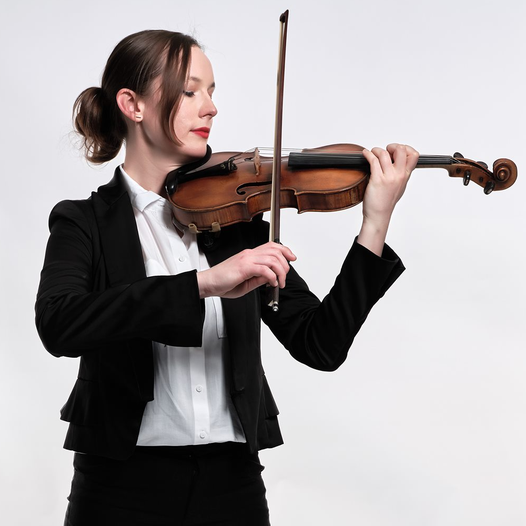
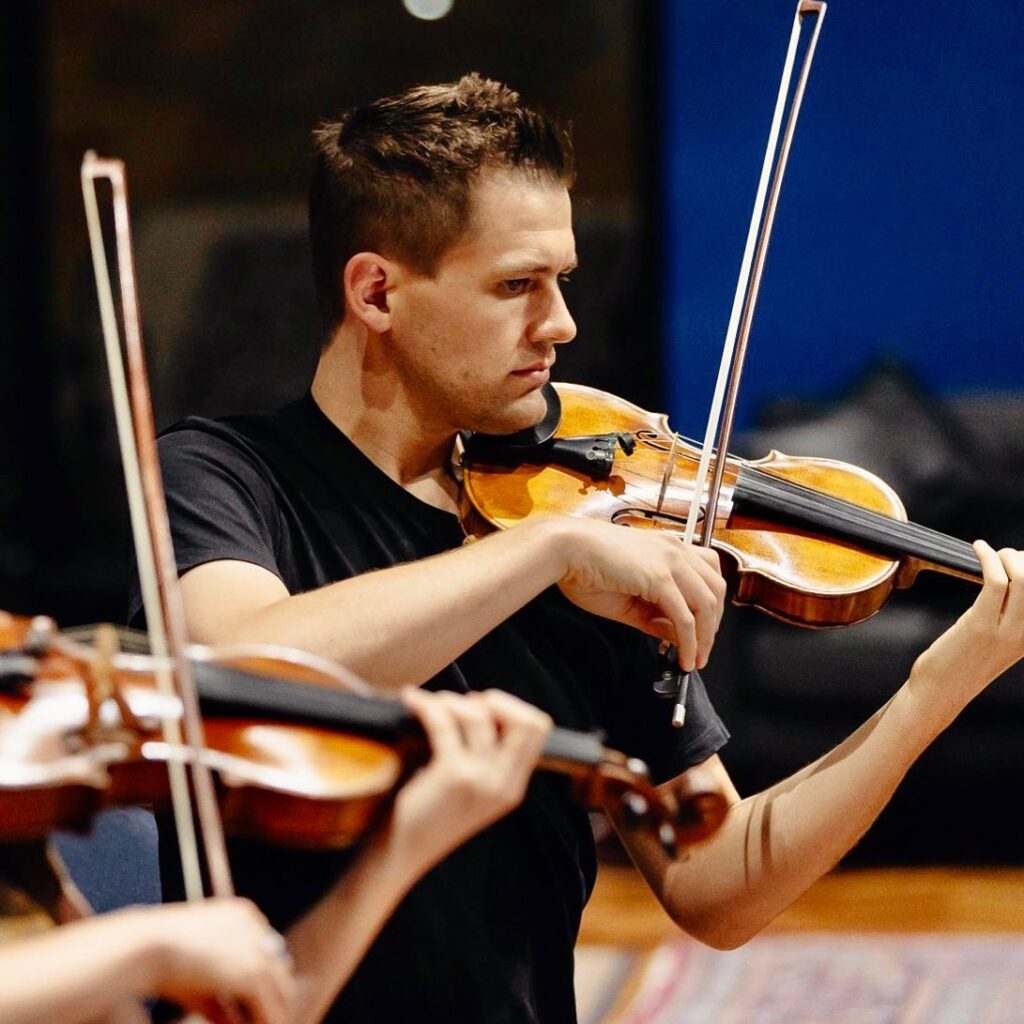 Peter Clark
Peter Clark